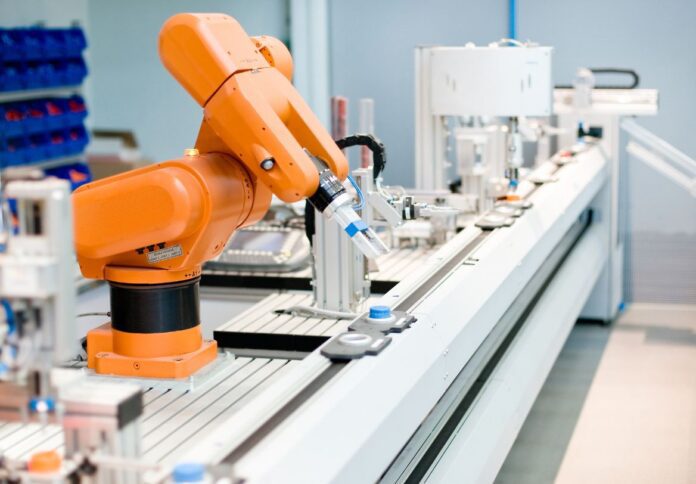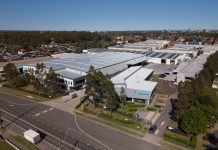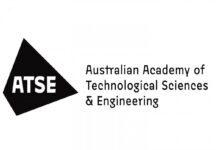
Among a great number of critical problems exposed by the COVID-19 pandemic over the past three years, Australia is also looking at a future plagued by the lack of enough skilled workers across various industries, such as manufacturing.
Exacerbated by border closures and skilled migration policies, this problem could result in the potential lack of critical capabilities to deliver on Australia’s technology-powered, human-driven potential.
In a recent report from the Australian Academy of Technological Science and Engineering (ATSE), fellows shared a series of recommendations to establish a skilled and adaptable workforce that would ensure Australia will not fall behind in terms of digital and technological innovations.
Common Language
Created in consultation with Australia’s leading experts across a broad and diverse range of sectors and industries, “Our STEM skilled future: An education roadmap for an innovative workforce,” seeks to unlock the ways towards lifting the country’s innovative productivity.
Industry entities pointed to a lack of comprehensive skills taxonomy or a common language among Australia’s organisations and individuals.
According to the report, this introduces challenges for workers to communicate the much-needed skills they have, creating a seemingly dead-end street that hinders opportunities towards upskilling, re-skilling, or transferring skills across sectors.
“A skills vocabulary that builds on or accelerates the work undertaken by the National Skills Commission on the Australian Skills Classification should be established, prioritising the classification and mapping of priority STEM skills shortages,” the report said.
Continuous upskilling and lifelong learning
ATSE CEO Kylie Walker described lifelong workplace learning as a driver of sustainability, well-being, and growth in Australia.
“The shape of tech careers is rapidly transforming, just as technology and its applications in the workplace continue to evolve: a culture of lifelong STEM learning is essential to enable people to retrain and upskill, and pursue fulfilling careers across the breadth of their lives,” Walker added.
The report also highlighted the need for STEM peak bodies to establish Communities of Practice between educators and industry to address the skills gap and create the required standards for education and training programs.
This would open new opportunities for individuals to see what success looks like in engineering, technology, and entrepreneurship, and enable professionals to learn from peers, making STEM an attractive space to build a career.
“Within a little under two years, Australia needs to train and find 40,000 more engineers and 100,000 more digitally skilled workers. We encourage decisive action to attract and retain an Australian STEM-empowered workforce,” Walker said.
To learn more about efforts to foster Australia’s future in STEM industries, visit atse.org.au.



















